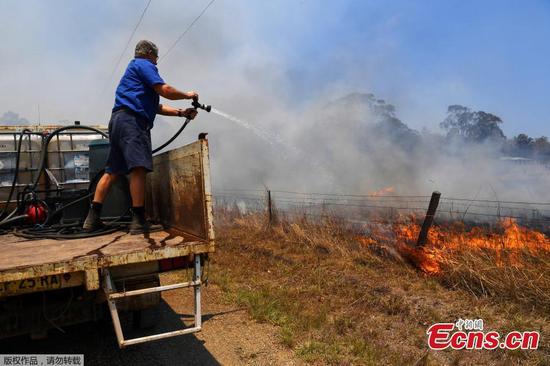One of the two patients diagnosed with pneumonic plague in Beijing is now in stable condition, while the other is in critical condition but not deteriorating, China's National Health Commission said on Thursday.
Relevant medical institutions are carrying out proper treatment for the two patients in accordance with the national pneumonic plague diagnosis and treatment plan, with measures integrating traditional Chinese and Western medicine.
China immediately activated the public health emergency response mechanism after the two patients from north China's Inner Mongolia Autonomous Region were confirmed to be infected with the disease, and 11 experts were drawn from different medical institutions to form a medical treatment group for guidance and consultation.
Beijing has taken multiple measures to further prevent and control the epidemic, including isolation treatment, isolation area management and terminal disinfection, close contacts tracing, isolation medical observation and preventive medication.
All the people in close contact with the patients transferred by local ambulance from Inner Mongolia Autonomous Region to the medical institution in Beijing's Chaoyang District have been isolated for medical observation.
So far, no reports of fever or other related abnormalities have been received from the close contacts.
China's notifiable infectious diseases are divided into three categories: A, B and C. Plague is listed as a Class-A disease along with cholera. Close contacts of plague patients should be placed under medical quarantine for nine days.


















































